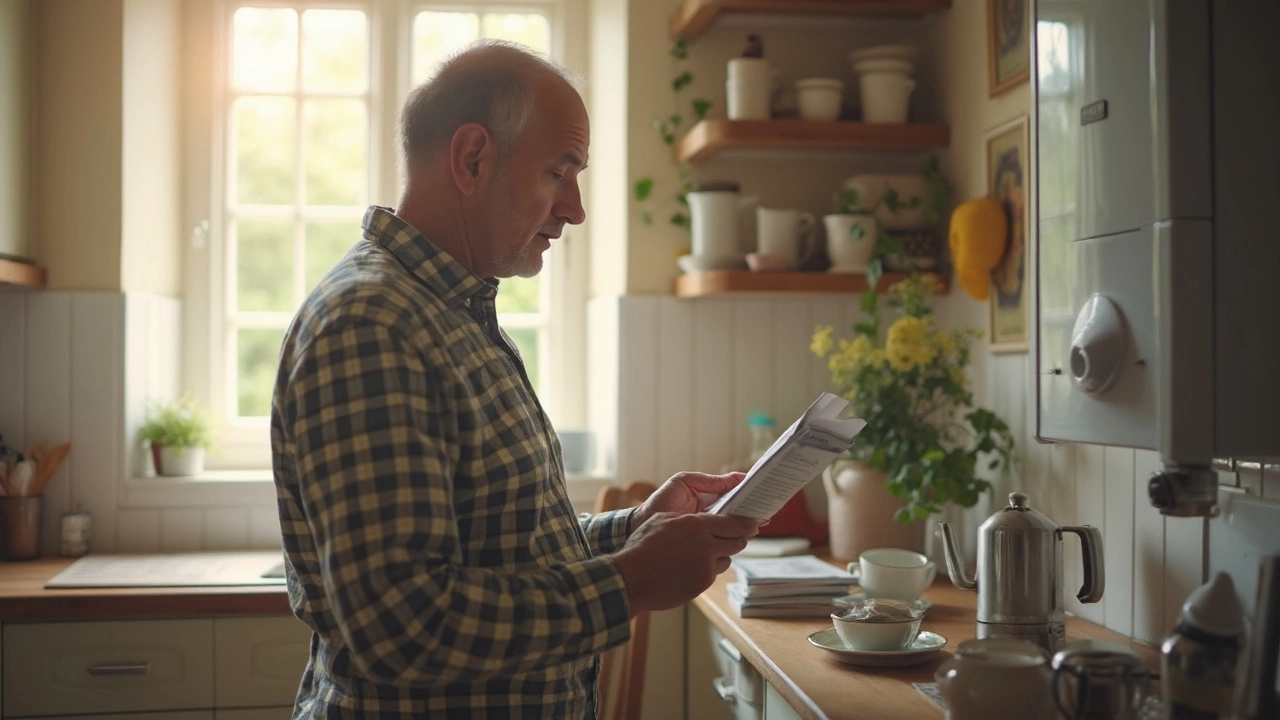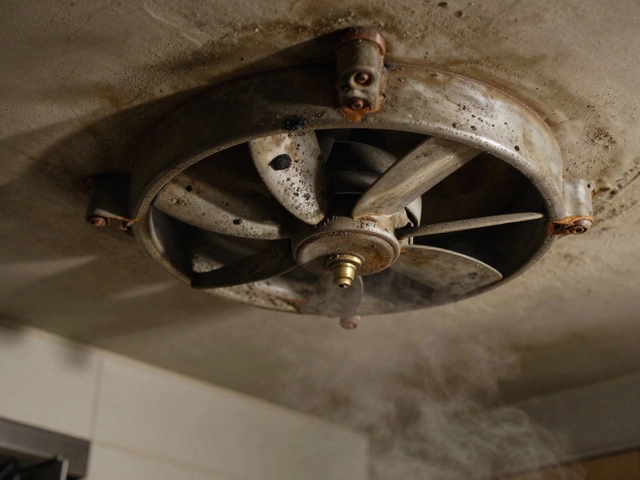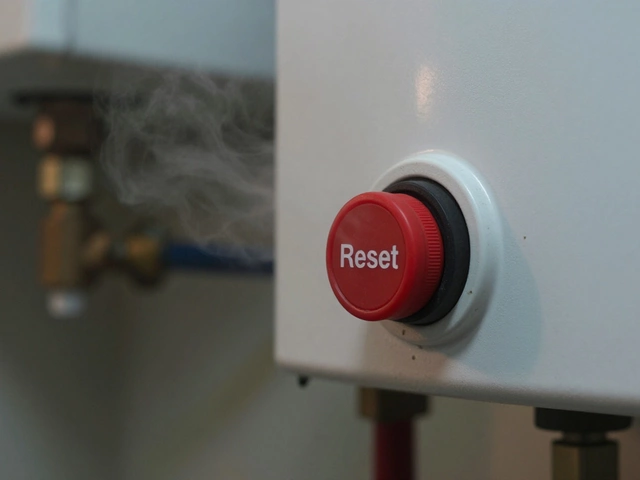Hot Water Not Turning On – Causes & Fixes
When dealing with hot water not turning on, the first step is to understand the system behind it. Hot Water System, the network of components that heat and deliver water for bathing, cooking, and cleaning. Also known as hot water supply, it relies on a few key parts working together.
The heart of the system is the Water Heater, a device that uses gas or electricity to raise water temperature. If the heater fails, you lose hot water instantly. Closely linked is the Boiler, a sealed unit that heats water for radiators and domestic use. A boiler problem can mimic a heater fault because both feed the same pipes. Another common culprit is the Mixing Valve, a valve that blends hot and cold water to reach a safe temperature. When the valve sticks or the internal cartridge wears out, the tap may only deliver cold water even though the heater is fine. These three components form a chain: the boiler heats water, the heater fine‑tunes temperature, and the mixing valve delivers the right blend. Break any link, and you end up with cold water.
Typical Reasons Behind No Hot Water
Most homeowners first check the obvious: power supply and gas line. A tripped circuit breaker or a blown fuse disables the heater instantly. For gas‑fed models, a shut‑off valve or a faulty ignition sensor can stop heating. Next, look at the thermostat. Thermostat, the control that tells the heater when to start and stop may be set too low or have a failed sensor, causing the system to think the water is already warm. Sediment buildup inside the tank reduces heat transfer, making the heater think it’s still warming up when it’s actually stuck. Leaking pipes or a broken pressure relief valve can also drop temperature quickly, especially in older homes where pipe insulation is thin.
Diagnosing the issue doesn’t require a master’s degree, but a systematic approach saves time. Start by confirming power or gas flow, then feel the tank’s exterior: if it’s warm, the heater is working and the problem likely lies with the valve or thermostat. If the tank stays cool, you’ve narrowed it down to the heater or boiler. Listening for unusual noises—like clicking relays or a humming burner—can pinpoint a failing part. When in doubt, reset the system according to the manufacturer’s guide; many modern units have a reset button that clears minor faults.
Knowing these relationships helps you decide whether a DIY tweak will do or you need a qualified technician. Simple fixes like tightening a loose valve, cleaning a filter, or replacing a thermostat cartridge can restore hot water in minutes. More complex issues—such as a cracked boiler heat exchanger or a burned‑out heating element—require professional tools and safety checks. Below you’ll find a curated collection of articles that dive deeper into each component, walk you through step‑by‑step troubleshooting, and explain when it’s safest to call the experts at Warwick Appliance Fixers.
Struggling with hot water that just won't come on? This guide breaks down the most common reasons your hot water isn't working and walks you through real-world solutions you can try before calling in the pros. It covers both gas and electric water heaters, with easy checks you can do at home. Dive in for handy troubleshooting tips, safety reminders, and smart hacks that can save you time and money. You don't need to be an expert to get your hot water flowing again.


